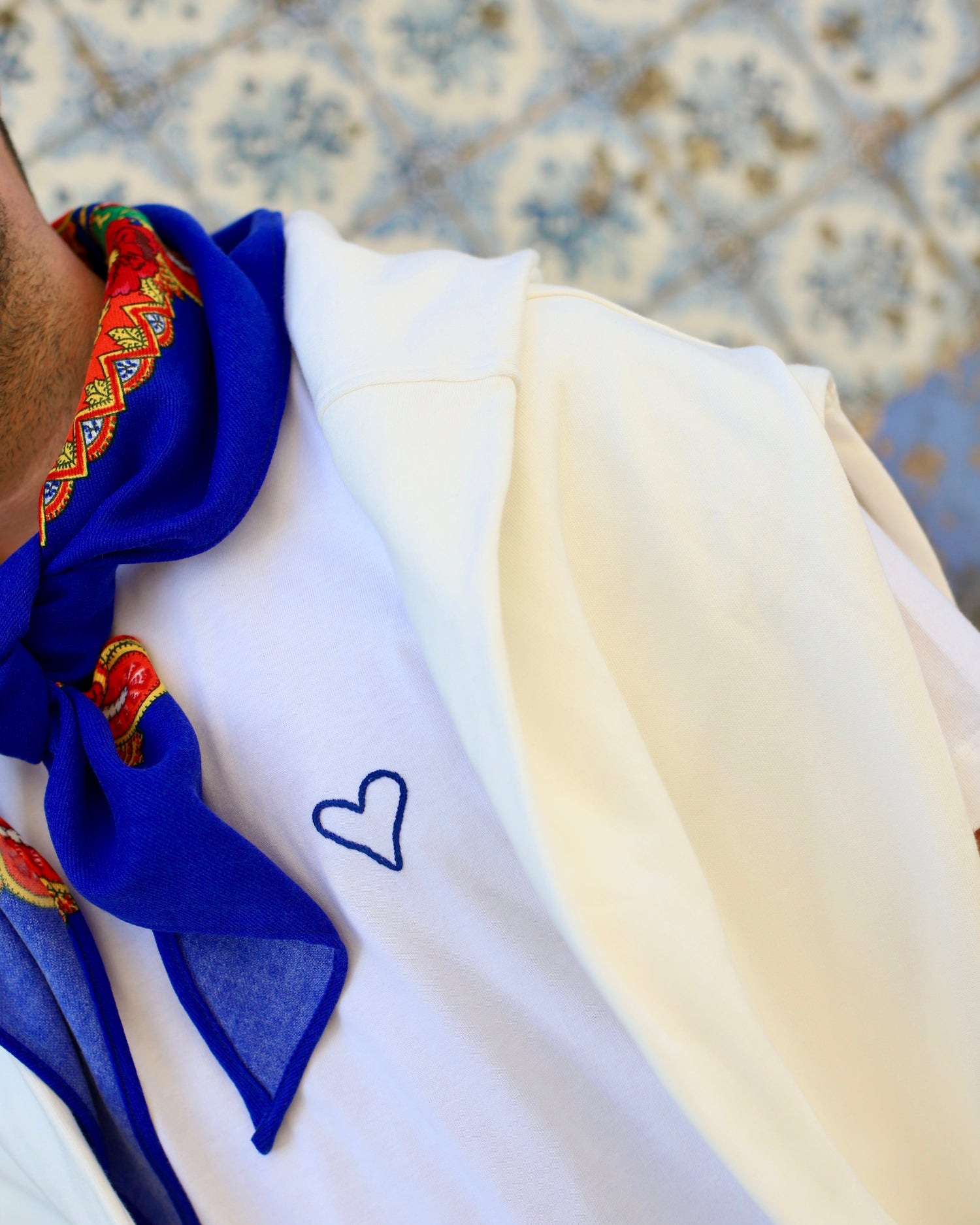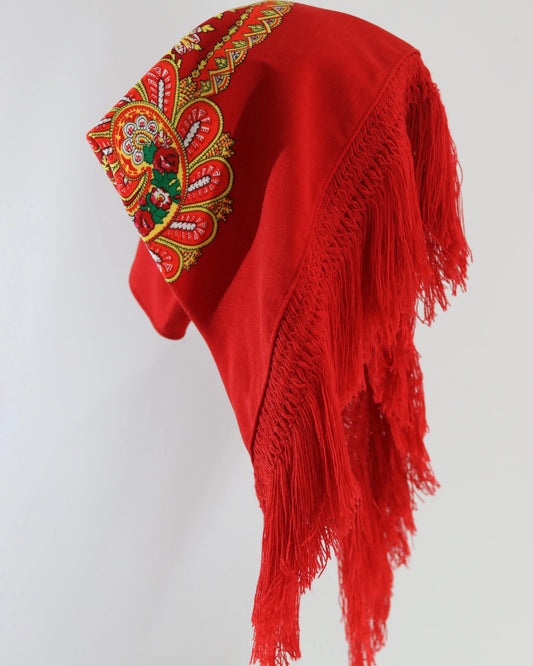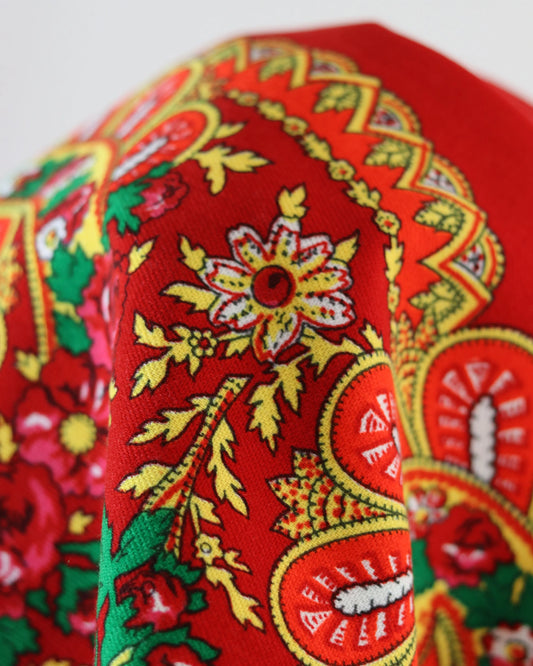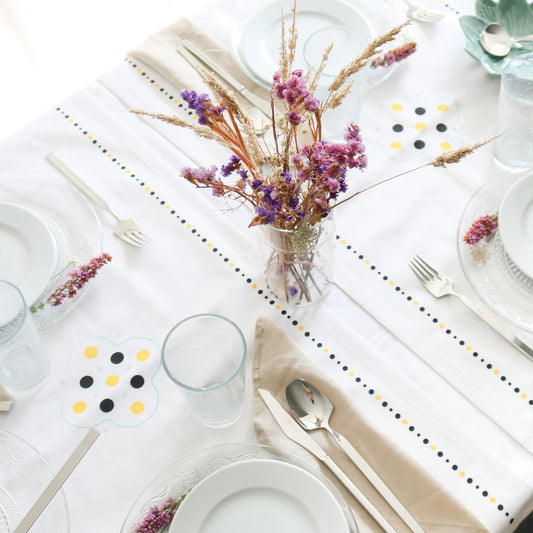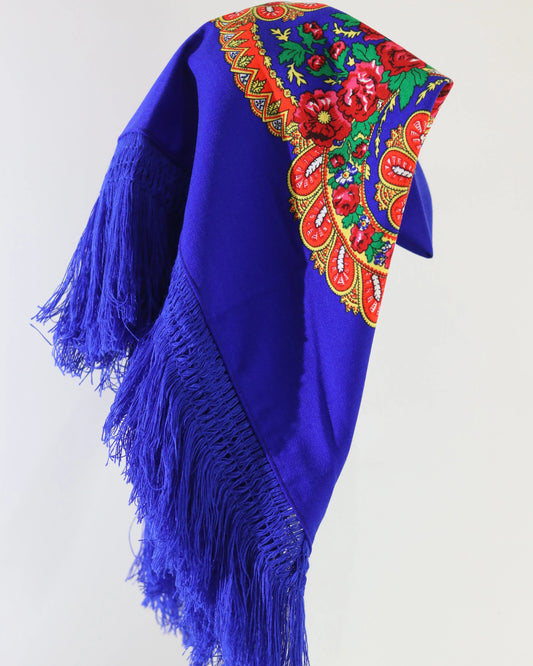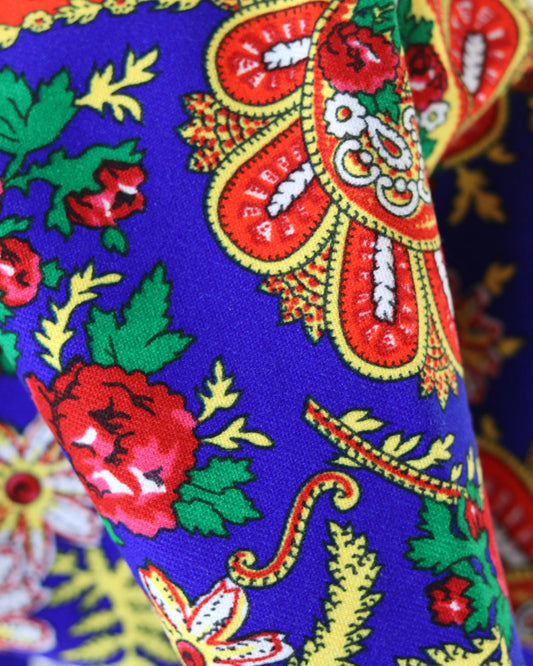Discover the flavor of Minho at the table: Viana's gastronomic traditions
When you sit at a table in Alto Minho, you always sense the meeting of two forces that nourish the region: the sea and the mountains. Viana do Castelo thrives on this dialogue. There's a cuisine that respects the tidal cycle, the harvest, the pig slaughter, and the pilgrimages. There's another, more everyday, that revolves around the pot on the stove, the freshly baked bread, and the accompanying glass of Vinho Verde. In both, time and seasoning work hand in hand.
Those who try it won't find tricks. They'll find gesture, memory, hospitality. And, on the plate, plenty of flavor.
Sea and river at the Viana table
The proximity of the Atlantic offers freshness and diversity. Fatty sardines on summer nights, firm hake, and succulent sea bass. Local cuisine favors grilling and stewing, simple techniques that respect the delicacy of the fish.
Cod, though from far away, has found a home. The local version is often served with generous amounts of onions, peppers, potatoes, and olive oil that binds everything together in the oven. The texture is silky, the scent of bay leaves is present, and the golden crust beckons for dipping bread.
The Lima River holds other stories. Lamprey dominates the winter and early spring, served with thick rice or bordelaise, where blood, red wine, and spices give body to a rich sauce. Shad, when it travels upriver, requires careful frying and is accompanied by açorda made from the roe, scented with cilantro.
There are stews that combine sea and streams, with monkfish, sea bream, skate, mussels, and thick-cut potatoes. The secret doesn't change much: fish from the market, low heat, and patience.
Winter dishes: porridge, porridge and sarrabulho rice
The region's comfort food relies on nuances of pork, offal, and sausages. Minho-style rojões (rojões) feature cubes of meat marinated in garlic, bay leaves, bell peppers, and wine, slowly fried in fat that becomes more flavorful with each turn of the spoon. They often appear on the plate alongside chestnuts in the fall, diced fried potatoes, and sautéed greens.
Papas de sarrabulho (sardine blood porridge) is a conversational dish, made with family and without a clock. The broth is made from various meats, including chicken and sausage, enriched with blood and flavored with cumin and lemon. Bread and rice give the dish body, the spoon stands upright, and the warm aftertaste calls for a young red wine from Minho.
The looser sarrabulho rice shares the same flavor base but gives the grains the spotlight, mixed with shredded meats and sausage slices. On cold days, the steam rising from the pot is enough to whet your appetite.
There's also roast goat and lamb, offal enriching the baked rice, and a clear respect for the whole animal. Nothing is wasted. Everything is transformed into comfort.
Bread, broth and olive oil: the triangle that comforts
Cornbread is more than a side dish. It's a tool, a spoon, and often a star. The usual blend of corn with rye or wheat, the dense dough, the wood-fired oven, and the crispy crust define it. It arrives at the table still warm and adds meaning to sauces and broths.
Caldo verde was born here with transparently sliced kale, smooth mashed potatoes, and a drizzle of olive oil that enhances the shine. The slice of sausage, when it appears, doesn't dominate the dish; it's the signature. At parties, it accompanies sardines and livens up the wee hours.
Olive oil from Minho, though less talked about than that from other regions, tells a more vegetal and less mature story. In Viana, it's used without shame. Raw to finish off, in slow sautés to unlock layers of flavor, in the oven to add a sheen to fish and meat.
Viana sweets: sugar, eggs and memory
Local pastries combine convent heritage, family traditions, and pastry secrets. Torta de Viana is a symbol of the region, with a thin, elastic pastry filled with creamy egg custard and carefully rolled to prevent it from breaking. Light to the bite, intense in flavor.
At Christmas, the table is filled with scrambled eggs, French toast drenched in wine and cinnamon, and doughnuts sprinkled with sugar. Creamy custard made with a hot iron appears year-round, its crispy layer giving way with the first spoonful.
On pilgrimage days, rosquilhos, cavacas, and butter cookies also arrive. These are market sweets, simple in appearance but stubbornly enduring in the memory.
Vinho Verde from the coast: glasses that invite conversation
The right glass sets the tone for a Minas Gerais lunch. Along the coast, Viana primarily embraces the Loureiro grape variety, aromatic, citrusy, with floral notes that call for fish and salt. Trajadura blends well and adds volume. Further north, Alvarinho reigns supreme, but Loureiro is the mainstay of Viana's table.
There's a typical, light, sharp edge that refreshes without overpowering. The acidity cuts through the fat from the rojões (pork belly) and punctuates the iodized flavor of the sea. In the reds, Vinhão and Borraçal bring deep color, pronounced tannins, and vibrancy that pairs well with sarrabulho (a type of pork sausage) and cured meats.
Simple proposals to establish affinities:
- Lamprey with rice or Bordeaux sauce with young Vinhão, fresh and with firm acidity
- Baked cod with laurel, with good structure, citrus and wide mouth
- Grilled sardines with light Trajadura or a dry pink espadeiro
- Rojões and sarrabulho porridge with red Vinho Verde, served chilled
- Torta de Viana with late harvest Loureiro, or a brut sparkling wine from Minho
Flavor Calendar: Time Determines the Table
Viana cuisine respects seasons. Not everything is eaten year-round. This discipline makes all the difference in the dish.
- January to March: Lima lamprey, cooked in various ways
- March to May: shad and roe, fried with aromatic açorda
- June to August: sardines at their peak, caldo verde until dawn
- September to October: harvest and nuts, chestnuts going into the pot with firecrackers
- November and December: pig slaughter, sarrabulho porridge and rice, Christmas sweets
A quick way to guide choices:
| Dish or product | Essence of flavor | Best time | Recommended wine |
|---|---|---|---|
| Lima Lamprey | Deep, ferrous, spicy | Jan to Mar | Young wine |
| Shad and roe açorda | Marine, herbaceous, crunchy texture | Mar to May | Dry laurel |
| Cod with onion | Sweet onion, saline, enveloping olive oil | All year round | Laurel or Trajadura |
| Viana stew | Rich broth, firm fish | Spring to summer | Batch blank, light needle |
| Minho-style pork belly | Unctuous, garlic and paprika | Autumn and winter | Red Vinhão |
| Sarrabulho porridge | Spices, lemon acidity, meat base | Autumn and winter | Red wine made from regional grapes |
| Viana Pie | Eggs and sugar, airy texture | All year round | Brut or semi-dry sparkling wine |
Markets, taverns and pilgrimages
To experience Viana's cuisine, you have to go where it happens. The municipal market, in the morning, displays fish still glistening, vegetable gardens from neighboring parishes, and cornbread that arrives still warm. You hear cries of bidding, discuss sardine sizes, and taste a tomato as if it were a fruit.
The riverside taverns serve fish stew, grilled fish, and rice of the day. In many family homes, the dish is decided by the auction house, not the menu. Some even write what's arrived on a chalkboard. Trust me.
The Pilgrimage of Our Lady of Agony fills the streets, tables, and glasses. The smell of sardines fills the air, the caldo verde flows, and the music never stops. To eat there is to participate.
Some ideas for organizing the experience:
- Get to the market early to choose the fish and understand what is ready.
- Look for restaurants that indicate the origin of the ingredients and fish of the day
- On pilgrimage, embrace simplicity: bread, sardines, broth, fresh wine
- Ask about the dish of the day, even if it is not written down
- Try homemade desserts in traditional bakeries, without fear of sugar
How it's done, in three lines
Small formulas, without hidden secrets, to feel the base of the dishes.
- Codfish in the Viana style: place it in a high layer, fry sliced potatoes, sauté lots of onion with garlic, bell pepper and bay leaf in olive oil; bake in layers with the codfish and olive oil on the sides, finish with parsley.
- Fish stew: arrange layers of potatoes, onions, tomatoes, and fish in a clay pot, season with garlic, bay leaves, paprika, and salt; drizzle with olive oil and a dash of white wine, cook covered, stirring the pot, not with a spoon.
- Rojões: Marinate pork in garlic, bay leaves, wine, paprika, and salt; fry slowly in fat, add cumin at the end, and serve with diced potatoes and sprouts.
- Sarrabulho porridge: make broth with meat and chicken, add rice and crushed bread, add blood seasoned with cumin and lemon, stir constantly until creamy.
- Caldo verde: cook potatoes with garlic and salt, mash until smooth, add finely chopped kale and boil for two minutes, finish with olive oil and a slice of chorizo.
- Torta de Viana: bake thin sponge cake-like dough, fill with velvety egg custard, wrap while still warm in a cloth sprinkled with sugar.
Techniques, tools and raw materials
There are subtle techniques that ensure consistency. Onions cooked for a long time in olive oil without becoming colored add sweetness and silkiness to cod and fish stews. Salting sea fish half an hour before grilling helps lock in the juices. Resting the meat after frying the rojões allows the juices to redistribute.
Utensils matter. Clay pots for stews, cast iron for rojões, tall pots for sarrabulho, a wood-fired oven for cornbread. Those who cook feel the difference, and those who eat it too.
The raw materials hold the rest together. Freshly harvested kale and turnip greens, fresh garlic, well-cured onions, well-sourced bell peppers, and balanced olive oil. Vinho Verde, both in the dressing and in the glass, ties the work together.
Living tradition and cuisine with identity
Viana's kitchens are not frozen in time. They continue to respect ancient practices, but embrace contemporary interpretations that maintain the essence. A chef might serve lamprey in textured dishes, but the flavor always seeks to connect with rice and red wine. Sardines can be served in homemade preserves out of season, without betraying the June grill.
Respect for the territory extends from the plate to the fields and the sea. Artisanal fishing thrives, family gardens maintain local corn and cabbage seeds, and smoked meats are made from pigs raised on small farms and cured over wood. Eating here encourages practices that preserve an entire food landscape.
Viana do Castelo shows that the best cuisine is the one you recognize. A caldo verde at midnight, a glass of Loureiro in the sun, a plate of rojões on a rainy day, a slice of pie in the late afternoon. Small rituals that hold memories and make you want to return.



